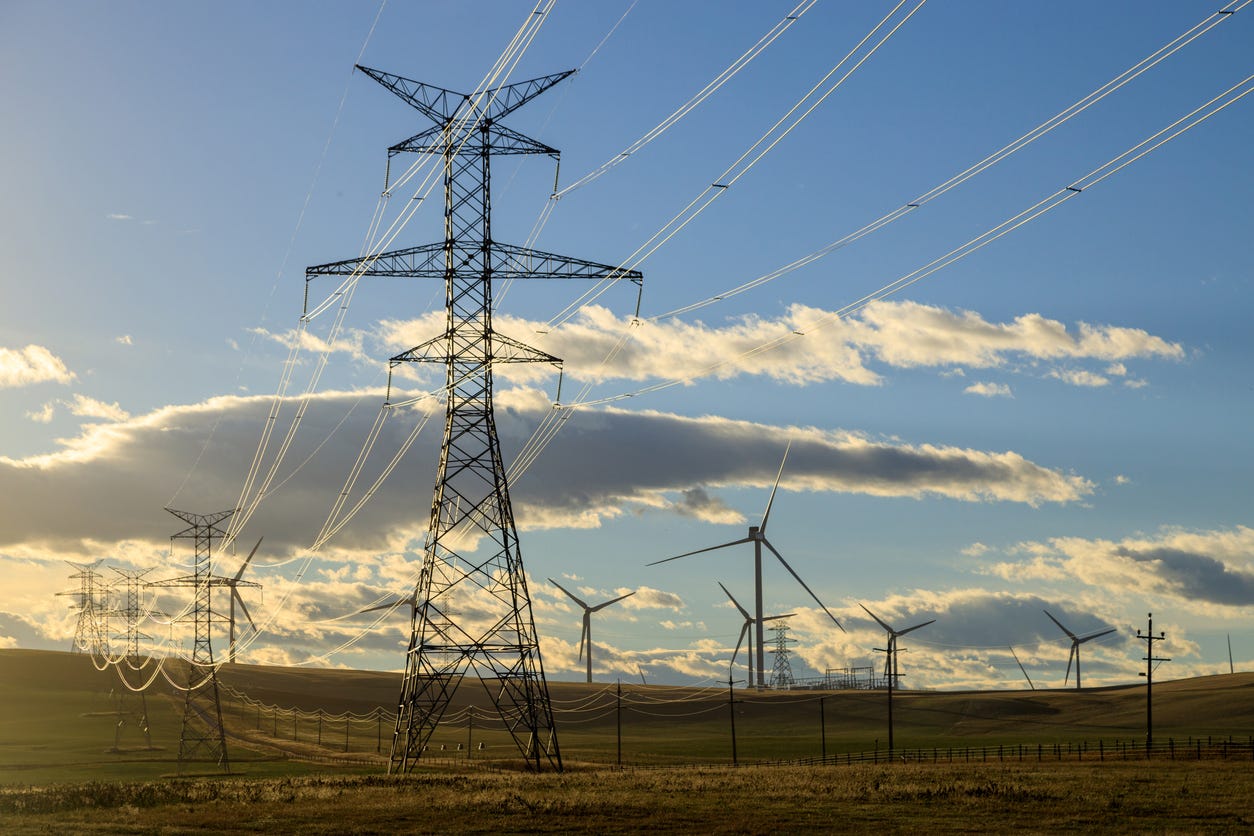In the dynamic world of power transmission, the management of line contingencies is undergoing a...
Pioneering Grid Innovation: Sensorless Dynamic Line Rating
The energy sector, continuously evolving to meet the demands of the modern world, is at the forefront of technological innovation. Among these innovations, Sensorless Dynamic Line Rating (DLR) is a transformative technology that relies on AI and data analytics. This exploration delves into its benefits, highlighting its potential to revolutionize how power utilities manage and monitor transmission lines.

Defining Sensorless Dynamic Line Rating
Sensorless DLR represents a pivotal shift in gauging real-time capacity for overhead power transmission lines. It differentiates itself from traditional DLR systems by employing AI and data analysis to achieve similar objectives, sidestepping the need for extensive physical sensor networks.
Exploring the Benefits of Sensorless DLR
Enhanced Grid Reliability
Sensorless DLR introduces a proactive approach to grid reliability. Giving utilities real-time insights into transmission line conditions empowers them to predict and prevent potential issues, leading to a significantly more reliable grid. This reduces downtime and contributes to increased consumer satisfaction and confidence.
Optimized Line Capacity
Sensorless DLR’s ability to optimize transmission line capacity dynamically can lead to substantial cost savings for utilities. It reduces the necessity for costly grid upgrades, allowing them to maximize the use of their existing infrastructure. This economic benefit enables utilities to allocate resources more efficiently and respond to changing grid demands.
Cost Efficiency
A key advantage of sensorless DLR is its cost efficiency. Unlike traditional DLR systems, which demand significant sensor deployment and maintenance investments, sensorless DLR leverages existing data sources and computational analysis. This cost-effective approach frees up resources that can be redirected toward other critical grid improvements.
Flexibility and Adaptability
sensorless DLR’s adaptability is one of its hallmark features. It can seamlessly integrate additional data sources as they become available. This flexibility empowers utilities to stay agile and responsive to evolving grid conditions, ensuring a resilient and adaptable energy infrastructure.
Environmental Impact
Beyond economic benefits, sensorless DLR can positively impact the environment. By optimizing transmission line capacity, it reduces energy losses in the grid. This leads to decreased greenhouse gas emissions and aligns with sustainability goals, contributing to a greener energy future.
Sensorless Dynamic Line Rating is not just a concept but a transformative technology with concrete benefits for the energy sector. Enhancing grid reliability, optimizing resources, reducing costs, and promoting sustainability can revolutionize power utilities’ operations. As the energy sector evolves, embracing this technology is not an option but a strategic imperative for utilities looking to thrive in the modern era.
Splight stands at the forefront of sensorless Dynamic Line Rating technology, a groundbreaking innovation deployed in electric grids worldwide.


